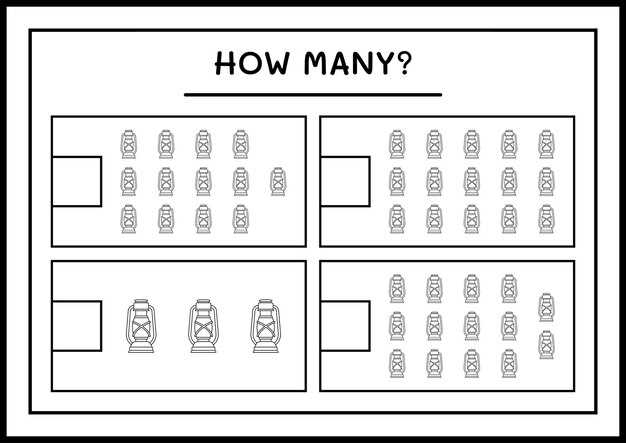
Understanding automotive part numbers and their compatibility is crucial for anyone involved in vehicle maintenance or repair. Each component of a car, from the engine to the smallest bolt, has a designated number that identifies its specifications and variations. This identification allows mechanics and enthusiasts alike to ensure they are using the correct parts for their specific vehicle make and model.
In this guide, we delve into the intricacies of decoding part numbers and understanding fitment information. Knowing how to read these numbers not only aids in saving time and money but also enhances the overall performance and safety of the vehicle. Compatibility with other components is key to maintaining optimal functionality, making it essential to grasp how these identifiers work.
We will explore various elements that contribute to part compatibility, including manufacturer designations, revisions, and fitment specifications. By the end of this guide, you will have a comprehensive understanding of how to decode part numbers and apply this knowledge to ensure the right fit for your vehicle. Whether you are a professional mechanic or a DIY enthusiast, mastering this skill will empower you to make informed decisions regarding automotive repairs and upgrades.
How to Interpret OEM Part Numbers for Accurate Replacement

Understanding OEM (Original Equipment Manufacturer) part numbers is crucial for ensuring compatibility when replacing vehicle components. These numbers serve as a unique identifier for each specific part, helping to match the correct component to your vehicle.
Typically, an OEM part number consists of a combination of letters and digits that convey essential information about the part. The first few characters often indicate the manufacturer, while the subsequent digits can detail the part type, specific application, and even the version of the part. For instance, a number starting with “123” might denote a particular model or series, ensuring that the replacement fits as intended.
When searching for a replacement part, make sure to reference the OEM part number directly from your vehicle’s manual or the part itself. This accuracy is critical since even minor differences in the number can lead to compatibility issues. Additionally, consult databases or professional guides that match OEM numbers with aftermarket alternatives, ensuring you’re selecting the right component.
Remember that genuine parts typically have a higher accuracy in fitment compared to generic options. Using the correct OEM part number eliminates assumptions about compatibility, effectively reducing the risk of ordering incorrect components.
In summary, interpreting OEM part numbers involves recognizing the structure and significance of the digits and letters within the number. By doing so, you can make informed decisions when sourcing replacements, ensuring your vehicle operates safely and efficiently.
Step-by-Step Process for Checking Vehicle Compatibility with Parts

To ensure that you select the correct parts for your vehicle, it is essential to follow a systematic approach. Begin by gathering the necessary information regarding your vehicle’s make, model, and year. This fundamental data forms the basis for determining compatibility.
Next, identify the OEM (Original Equipment Manufacturer) part number for the component you wish to replace or upgrade. This number is crucial as it signifies the exact specifications that match your vehicle’s requirements. Many manufacturers provide this information in the vehicle’s manual or on their official website.
Once you have the OEM part number, search for parts using that specific number. Use reputable online databases or supplier websites that offer comprehensive information about compatibility. Most databases allow you to enter the OEM number and will return compatible aftermarket parts.
Review the specifications and descriptions of the parts listed in your search results. Pay attention to details such as size, fitment, and performance characteristics to confirm that the part will work with your vehicle. Additionally, check if the parts are designed for your specific model year, as variations can occur even within the same model series.
If possible, consult user reviews or product feedback for the parts you’re considering. Experiences from other users can provide valuable insights into the actual fitment and performance of the part. This step can prevent future issues and help identify parts that may not meet expectations.
Finally, whenever possible, consult with a professional mechanic or parts specialist. Their expertise can help clarify any uncertainties regarding compatibility and guide you in selecting the right parts for your vehicle. By following these steps, you can confidently ensure that the parts you choose will enhance your vehicle’s performance and safety.
Common Mistakes to Avoid When Verifying Part Fitment
When verifying the fitment of automotive parts, it’s crucial to avoid common mistakes that can lead to incorrect installations or incompatible components. One of the most frequent errors is overlooking the OEM number. The OEM number is a unique identifier assigned by the original equipment manufacturer and serves as a reliable reference for fitment. Failing to cross-reference this number can result in purchasing the wrong part.
Another common mistake is assuming that similar-looking parts will fit without proper verification. Visual similarities can be misleading, and even slight variations in design can prevent the part from functioning correctly. Always check the specifications and ensure that the number aligns with your vehicle’s requirements.
Neglecting to review vehicle compatibility can lead to further complications. Parts designed for different makes or models might appear interchangeable but can differ significantly in dimensions or specifications. Always consult a fitment guide or the manufacturer’s database to confirm whether the part number is applicable to your specific vehicle.
Additionally, relying solely on aftermarket parts without verifying their compatibility with OEM specifications can introduce risks. Aftermarket parts may not always adhere to the same quality standards, so ensure that the part is certified and fits the OEM number.
Lastly, disregarding updates or revisions on part listings can cause confusion. Manufacturers may update their part numbers, and previous numbers may become obsolete. Always check for the latest information before making a purchase to ensure that you are using the correct and most recent number for fitment verification.
